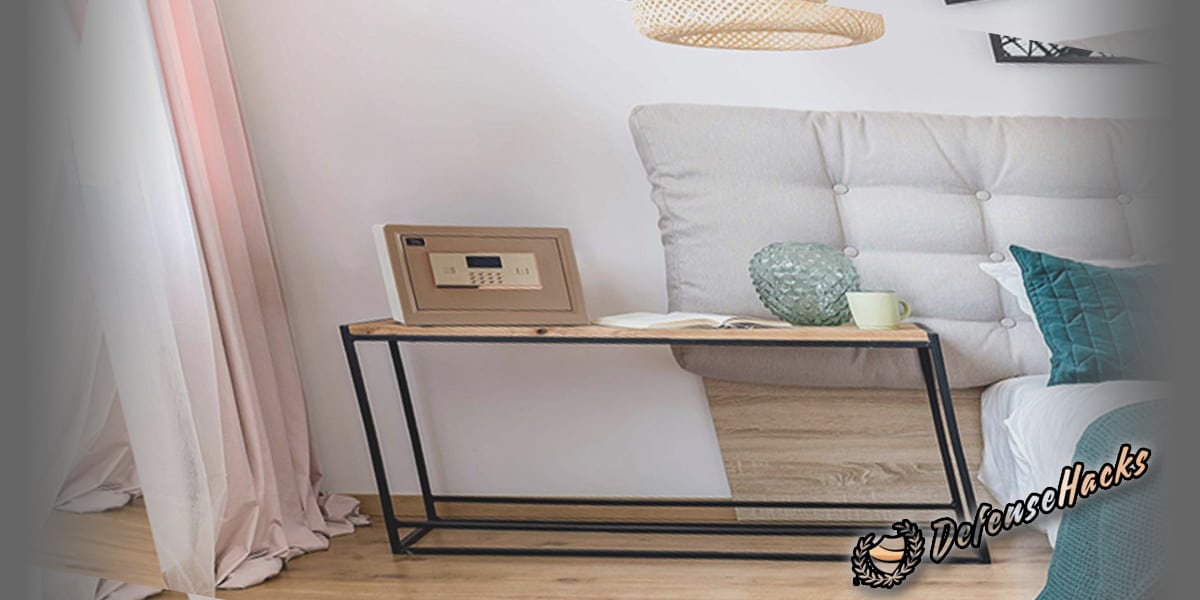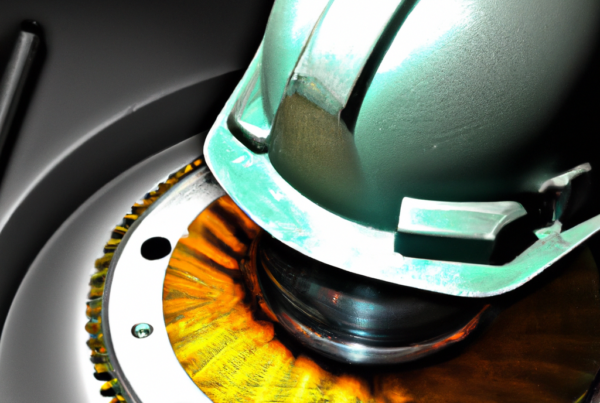
If you are out looking for a fire-safe, you should know how do gun safe fire ratings work. You are likely to find that there are a number of categories and factors that to determine the quality of the safes. Many are fairly self-explanatory, but one that may be a little more difficult to figure out is the fire rating for these products.
The truth is that when most of us are thinking of purchasing a product like this what we are looking for is a safe that will protect your firearms and other valuable items from getting burned. That is safe offers this capability makes it seem like it would be a good purchase. However, there is a lot that goes into choosing a fireproof safe than just knowing that it is capable of doing.
The Reality First
Before diving too deeply into this, it is important to establish right away that no safe is 100% fireproof. While there are options available that do a sensational job, the truth is that excessive temperatures generated by some fires or prolonged fires our gun safe is not going to be able to protect from.
This is important, because it also leads into an understanding of how these safes work. Knowing that there are safes that give you a longer amount of protection time as well as protect against higher temperatures are important factors to consider when making your purchase. This helps you to protect those valuables for an extended period of time.
What Are Gun Safe Fire Ratings? How Do They Work?
With that being said, you want to know how do gun safe fire ratings work and what it tells you about the capability of the safe. What you are going to find is that there are two factors that are used to determine the rating of safe. The first of these is temperature. The temperature rating is determined by the maximum temperature that the safe is able to withstand without items inside burning are being destroyed.
You may find that some safes only accommodate temperatures up to 350°F. However, many of the better safes will give you temperature ratings of up to 800°F, some as much as 1200°F. You may even find in some more expensive options that you can have a temperature rating of 1680°F.
Obviously, the higher the temperature the safe is able to stand, the more likely it is that your weapon is going to be protected. However, what is important to understand is that the average temperature generated during a house fire is somewhere around 1100°F. Most range somewhere between 600°F and 1200°F, meaning that if you have a safe whose temperature rating falls in this area, then your valuables are likely to be protected.
The temperature rating is dependent upon how long the safe can handle a certain temperature before items are likely to be damaged. You may find that a safe receives a rating of 30 minutes at 1200°F. That means that you can be fairly confident that a fire that has generated this temperature for 30° in your home will not damage the contents of your safe.
What this tells you is that you should never believe that any safe is going to protect your valuables in perpetuity. There is a certain point, either in temperature or in time, where your safe is no longer going to be affected.
#1 The UL Label
How you are able to quickly determine the rating of a safe is through its UL label. If you are unfamiliar with this rating, you are likely to find it on most common appliances and electrical cords. This rating tells you how confident you can be about your safe in regards to temperature and time. The UL rating is divided into three primary categories:
- First Rating. The first rating is called class 350. This means that the safe is able to withstand internal temperatures of up to 350° and still be able to protect paper. Understand that the temperature outside the safe may be significantly hotter than 350°, but the safe is designed to reflect that heat without it being absorbed into the interior of the safe.
- Second Rating. The second rating is called class 150. As you may have figured out, this is what you can expect the safe to be able to withstand internally at temperatures of 150°F. This type of rating tells you that it is able to protect paper and non-paper records, such as photos and computer discs, at that temperature.
- Third Rating. The third rating is called class 125. This class is designed to protect all of the items mentioned above as well as flexible computer discs at temperatures slightly below 150°F.
What is unfortunate about this particular rating is that the time factor is not uniform. What that means is that some UL ratings have been tested for 30 minutes while others may have been tested for up to four hours. Some test ratings have gone 100 hours or more. Sadly, you may never know.
#2 Safe Construction
If you are looking to purchase a gun safe, this information has likely given you a little food for thought. Understand that while a steel constructed safe may be the perfect deterrent from somebody attempting to gain unauthorized access into your safe, it doesn’t necessarily mean it is the ideal safer protect in case of a fire.
You may want a safe that provides a steel exterior, but provides fire retardant material on the interior of the safe. This helps to absorb and reflect heat back out of the safe, ensuring that the valuables inside are protected.
Some Common Myths to Dispel
Before closing this article, it is important to dispel a few myths that you may have heard related to a gun safe.
- If your valuables are inside the safe during a fire, they are protected. This is simply not true at all. You have been made aware now that you will receive protection for some time, but it is not eternal.
- I should choose a safe more for fire protection than for theft. A common misconception is that your firearms are more likely to be damaged in a fire then they are to be stolen. That is simply not the case. Your first priority should be to choose a safe that denies a person unauthorized access.
In fact, what is important to understand is that your firearm is more likely to be damaged by a flood then it is by a fire. If you are deciding on factors of importance in determining which safe you will buy, after theft water damage should be your next biggest determining factor.
- The Basement is the best place for a safe should there ever be a fire in my home. This is a really bad myth. Not only do you have to worry about burning items crashing down onto your safe from above, but you also have all of the water puddling in your basement. While hiding your gun safe in the basement may be the ideal place in terms of protecting from theft, it is actually one of the worst places in terms of protect them from fire and water damage.
- If the fire remains below 350°F, my items are safe. Understand that even the best rating doesn’t necessarily mean that it is accurate all the time. You may have a slow burning fire that doesn’t generate excessive temperatures and still find that your items are damaged. It does happen.
Hopefully this is helped to explain fire ratings to you for your gun safe. If you do have questions it is a good idea to ask a professional at a store to advise you on what safe may be best for you.

